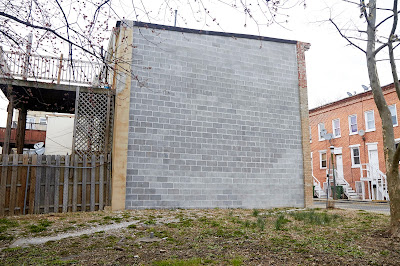 |
| Art Walk in Cabo San Lucas, Mexico - Pedestrians take over the street to socialize and enjoy evening art |
by Tarah Hodgkinson
We spend many hours in our SafeGrowth training emphasizing the power of connectedness, social capital, and friendship circles. In her book, The Village Effect, Susan Pinker explains how current research points to a connection with others as the biggest contributor to psychological and physiological health. And this connection cannot be replaced with interactions like a screen (Skype and Facetime cannot replace in-person contact).
Thus, this cult of self-care has it wrong. Playing on your phone or binging on Netflix alone may actually be doing more harm than good.
Every year, at this time, I spend a few weeks leading up to the holidays wrapping presents for a charity gift wrapping station. Every year I ask my friends if they would like to join me. And every year, despite the short time requirements, the fun atmosphere, and the holiday spirit, I receive the following response: Oh that sounds great, but I’m just too busy and stressed.
 |
| Volunteer gift-wrapping in Burnaby, Canada for the Multiple Sclerosis Society |
The holidays are a busy time for everyone. Many people are wrapping up projects at work or school, doing their own holiday shopping or attending holiday events and parties. There is a lot going on. But I wasn’t wrapping alone because others, like me, had found time to come out and volunteer. Why, I wondered, can’t I convince my friends to do the same?
Self-care has become a buzzword for this time of year. Stressed out from the holidays? You need to self-care! And anything can be self care, from treating yourself to week-long retreats to binging on Netflix, drinking a bottle of wine and ordering pizza from the couch. As long as you see your well-being as something you alone control, and spend money doing that, then the self-care market has done its job. Yet, somehow, it doesn’t seem like anyone feels more cared for.
 |
| Volunteer-run, outdoor neighborhood reading library in Ljubljana, Slovenia - photo by Marusa Babnik |
In truth, self-care really has nothing to do with the self at all.
The holiday season often leaves us reflecting on the previous year and looking forward to our possibilities, but we tend to follow a particular script when we plan for the new year. We set new goals about losing weight, getting healthy or giving up a vice. We think “this year will be better, because I will get fit and find love.” We load up on self help books and websites, buy new gadgets like fit-bits and tell ourselves that this will make us happy and fulfilled. Then we do it all again the next year.
If we really want to self-care, we need to be around people, we need connection, and we need to help others. If the holidays are stressing you out, and you need a New Year’s resolution, here’s one: I will spend more effort getting involved in my neighbourhood?
Caring about others might just be the best way to care for yourself.
Happy New Year!







